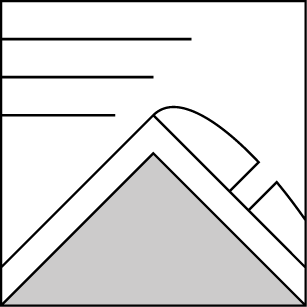Basic Information
Observation Details
Observation Date:
March 15, 2023Submitted:
March 15, 2023Observer:
NWAC Observer - Willie WebsterZone or Region:
East NorthLocation:
Baldy Pass (All aspects 2400' to 7800')Signs of Unstable Snow
Recent Avalanches?
None ObservedCracking?
IsolatedCollapsing?
None ExperiencedMedia/Attachments
Advanced Information
Weather Summary
Cloud Cover:
Mostly SunnyTemperature:
23°FWind:
Moderate , WNew/Recent Snowfall:
10"Great visibility today with few clouds. While mostly sunny, temps stayed near 23 degrees throughout the day. There was a moderate west wind through the morning. Blowing snow could be seen trailing off nearby peaks. By the afternoon winds backed off to light or calm.
Snowpack Observations
It's great to get out and take a look at the mountains and snow pack in this Easternmost part of our forecast zone. The snow pack was thin in the low country as we approached the mountains, but above 6000' the height of snow stayed between 4' and 7' deep. There is a subtle crust 4-6" down in places. The wind effect is considerable in this range and the height of snow can vary considerably. Today the winds out of the west were building small wind slabs on East aspects. By contrast, most of the storms of late February and March came from the SE and deposited snow on North and West aspects with 2-3' of somewhat recent soft snow in places. Descent sized cornices hang over steep terrain features. All this new snow since late February sits atop an older faceted snow pack. In spite of this structure, there weren't in-your-face red flags from the snow pack, maybe a couple yellow flags. I did not see cracking in this snow, no wumphing collapses, no triggers on small test slopes, and no results in an extended column test (ECTX). I did get a sudden planar result in a 30x30cm compression test (CTE SP @ 75cm). The weak layer here appears to be the faceted snow just below a very subtle mid-February crust. Under magnification this faceted snow appears to now be rounding, and we can assume settling under a couple feet of snow. It's worth pointing out that we have very limited observations from this corner of the East North zone.
Avalanche Problems
| Problem | Location | Distribution | Sensitivity | Size | Comments |
|---|---|---|---|---|---|
 Wind Slab
Wind Slab
|
|
||||
 Cornice
Cornice
|
|
While I'm not listing the deeper weak layer mentioned above, perhaps a larger trigger in an isolated spot could initiate a large avalanche.














